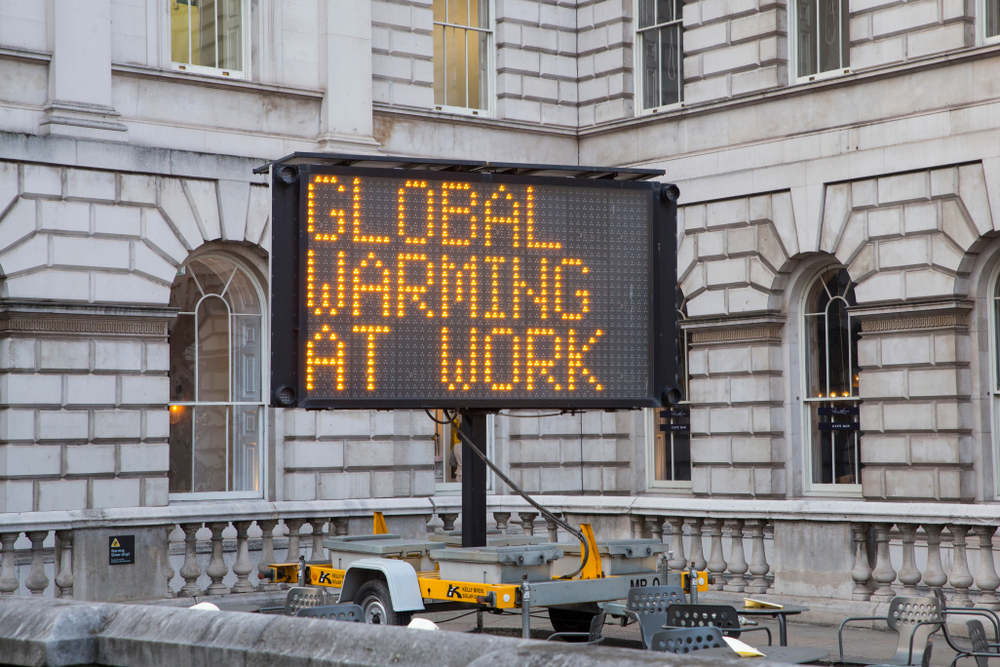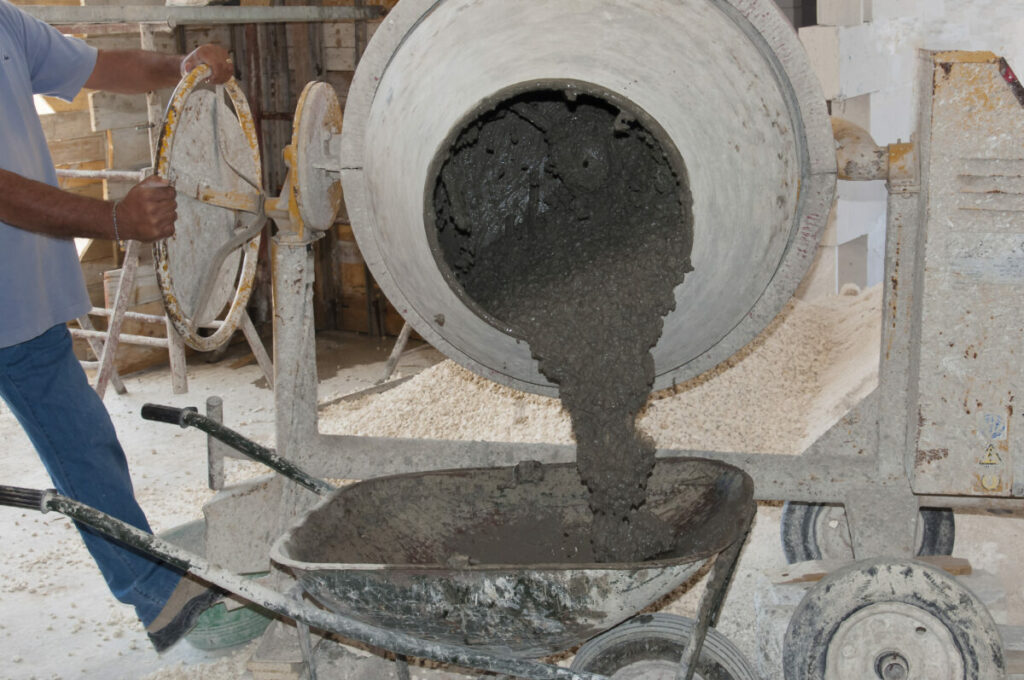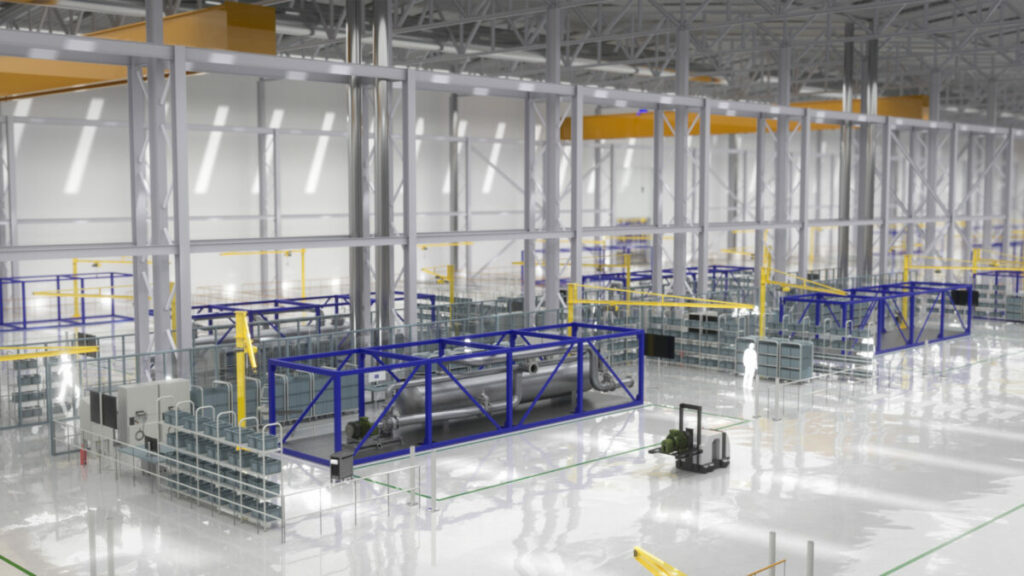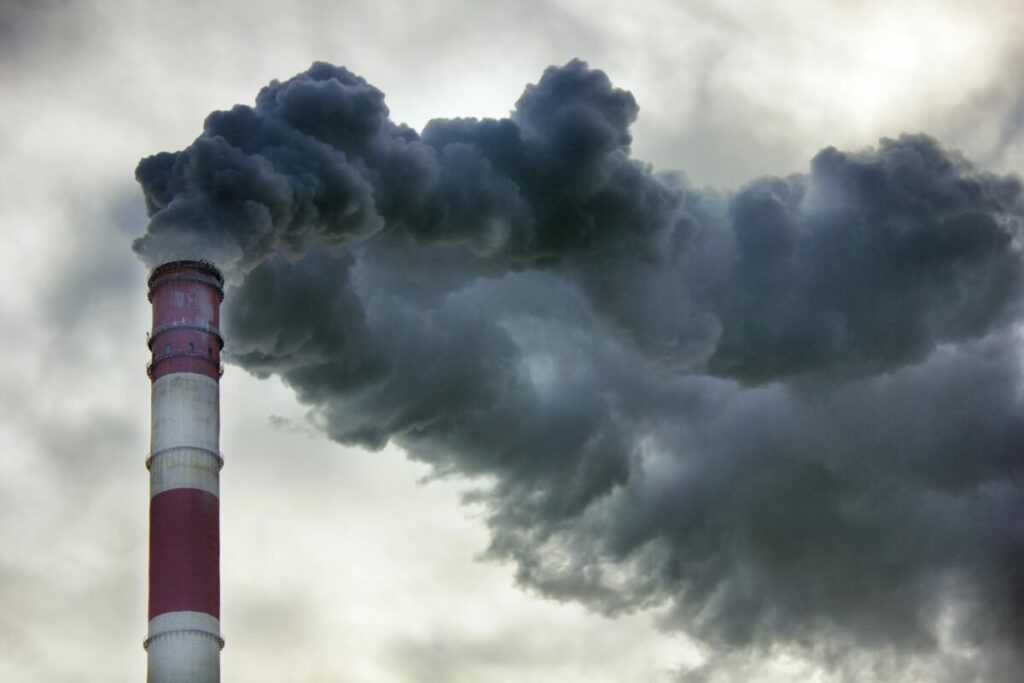Number 10 Downing Street and the Cabinet Office is set to experience “substantial structural damage” due to climate change by 2030.
Climate X predicts by the end of the decade, subsidence (caused by the shrinking and swelling of the ground) is projected to cause the ground beneath the prime minister’s home and the Cabinet Office to shift by 0.75cm per year, causing substantial structural damage.
The buildings each estimated to face £300,000 in annual climate-related losses if protections aren’t put in place, which is projected to climb to £450,000 per building by 2050 and to £614,000 by 2100.
The climate change risk providers also looked at other iconic London buildings such as the Houses of Parliament and HM Treasury.
Altogether, 10 Downing Street, the Cabinet Office, Houses of Parliament and HM Treasury face climate-related damages up to £1.7million by 2030, with subsidence, storms and extreme heat pose most serious risks.
Subscribe to Sustainability Beat for free
Sign up here to get the latest sustainability news sent straight to your inbox everyday
The data comes after Climate X created a digital twin of the Earth that projects how extreme weather events fuelled by climate change – including heatwaves, wildfires, flooding and landslides – can impact properties, infrastructure or assets under different emissions scenarios.
Climate X director of climate risk James Brennan said the impact of climate change is now “impossible to ignore” as the “risks to our cities and infrastructure will continue to increase into the future.”
“One of the most severe climate risks facing government buildings in London is subsidence. Subsidence is a chronic issue in the capital due to the clay soil on which most of the city is built on – and government offices are not exempt,” he added.
“If London sees higher temperatures during summer and increased rainfall during winter, we will see more subsidence.
“Chronic threats such as subsidence occur gradually – but as our data shows, it poses a serious problem to huge swathes of the city and must be urgently addressed,” continued Brennan.















